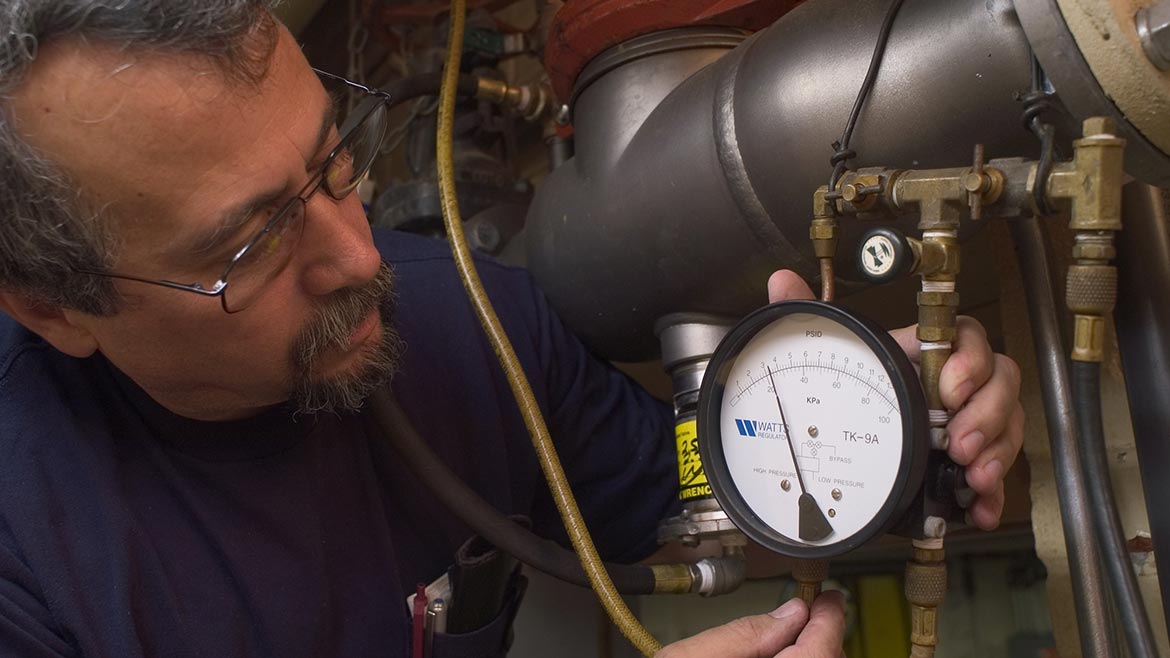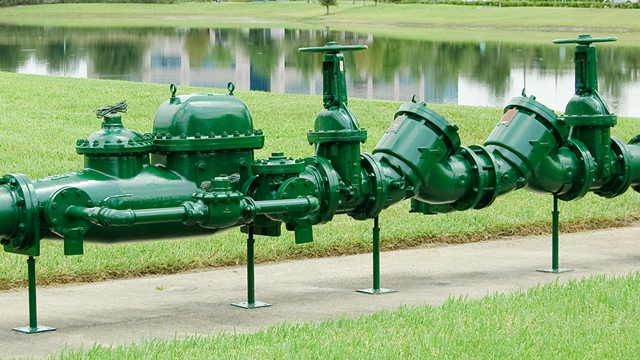Do Backflow Testing Compulsory for My Water Supply?
Do Backflow Testing Compulsory for My Water Supply?
Blog Article
What are your opinions with regards to Is backflow testing necessary??

Yes, you need to backflow test your home's water system to make sure that the water is without contaminants as well as hazardous degrees of chemicals. You need to not try to execute backflow testing on your very own because of the tools called for and space for error. We recommend that you call an expert plumber every number of years to examine your water.
Backflow Can Effect Both You and also Your City
Because dangerous backflow can affect the public water supply in enhancement to a solitary building, several cities develop backflow standards. Luckily, contemporary cities have backflow tools in position that shield the water supply that originates from many homes and commercial properties. The actual threat comes from watering systems, which can harm the water with harmful fertilizers, manure, and other chemicals.
What Triggers Backflow?
A typical reason of heartburn is a loss of water pressure that triggers the water to siphon back right into the water supply. After some time, there is a loss in water pressure as well as the tube begins to suck the water back into the water supply. As you can envision, there are now chemicals from the paint that are going into the water supply, potentially posing a threat.
Backflow Screening is Called For by Regulation in Specific Cities
Depending upon where you live, you may actually be required by law to backflow examination your law. Iowa City maintains a record of all residential properties served by the city's water supply. The city calls for that particular "high-hazard" centers undergo backflow testing. Sometimes, homes such as homes and also apartment buildings are affected.
You Can Avoid Heartburn
If you have a specialist plumber install a backflow tool, dangerous heartburn is conveniently avoidable. If there is an energetic threat, the plumber will certainly additionally examine for heartburn and identify. The primary function of a heartburn device is to avoid water from streaming backwards into your water supply. Plumbings install the gadget on the pipes in your home to make certain that the water just flows in the correct instructions.
What is Heartburn?
In other words, backflow is when water moves upwards-- the opposite direction in the plumbing system. This is additionally known as "backpressure." When the water moves in this direction, it can blend with dangerous toxins and posture a danger.
Call a Plumber to Evaluate for Backflow Prior To It is Far too late
While it could seem grim, polluted water can result in terrible microbial and viral infections that are difficult to treat. If there are any unsafe chemical levels, a plumbing company can rapidly check your home's water to figure out. The tiny investment is if you can avoid the torment that comes from drinking infected water. And if you do uncover that your water has high levels of toxic substances, a plumber can easily mount a heartburn prevention tool.
Yes, you require to backflow test your home's water supply to make certain that the water is cost-free of toxic substances as well as dangerous degrees of chemicals. Many cities develop backflow guidelines because harmful heartburn can influence the public water supply in enhancement to a solitary building. A common reason of heartburn is a loss of water stress that creates the water to siphon back into the water supply. After some time, there is a loss in water stress and the hose begins to draw the water back into the water supply. The primary purpose of a heartburn device is to protect against water from moving backwards into your water supply.
WHY DOES BACKFLOW TESTING NEED TO BE DONE EVERY YEAR
What Is Backflow?
Toxic gas backing up into a building is one example of potential backflow issues, but backflow can occur in many other ways.
Backflow is generally referred to as the reversal of a liquid or gas in a plumbing system.
Most issues for the public occur with backflow resulting in contaminated drinking water. If you look up backflow issues online you’ll probably find references to “potable” water. That means drinking water.
There have been backflow issues in the past with drinking water. Chemicals, sewage and other contaminants have found their way into drinking water causing health issues for those that count on the fresh water.
What Causes Backflow?
In a residence or commercial building water generally flows one way. This normal flow is usually driven by consistent pressure in the water and waste system.
Anything that changes the normal pressure in the system can lead to backflow.
Fire hydrant use or malfunction can reverse the normal pressure in the system on a city line, but backflow can occur in a number of different ways.
Sometimes backpressure might be caused by someone using a garden hose and submerging the end of the hose in a pool of liquid. If pressure is lost the flow could reverse and contaminants could be released into the drinking water.
Anytime there is a connection between contaminants and the drinking water there is potential for a backflow issue. Sometimes these connections are not immediately obvious like the garden hose connecting to a building’s drinking water supply.
Backflow Regulations
The Environmental Protection Agency (EPA) provides guidelines and regulations for state and local governments regarding backflow. State and local governments also have their own guidelines and regulations for backflow prevention.
Arizona has its own backflow regulations.
Due to issues with backflow in the past, regulations require backflow preventer devices to be used in nearly all residential and commercial buildings.
A backflow preventer is a device that prevents backflow as cross-connection points where potential backflow issues may occur.
While backflow is not a common occurrence, preventers are in place to make sure there is no contamination should something malfunction or go wrong with a building’s water supply.

Do you really like reading about Backflow Prevention? Make a comment directly below. We'd be pleased to hear your suggestions about this blog post. In hopes that you visit us again in the near future. Don't hesitate to take a moment to distribute this blog post if you enjoyed it. Thank you for taking the time to read it.
Call Today
Report this page